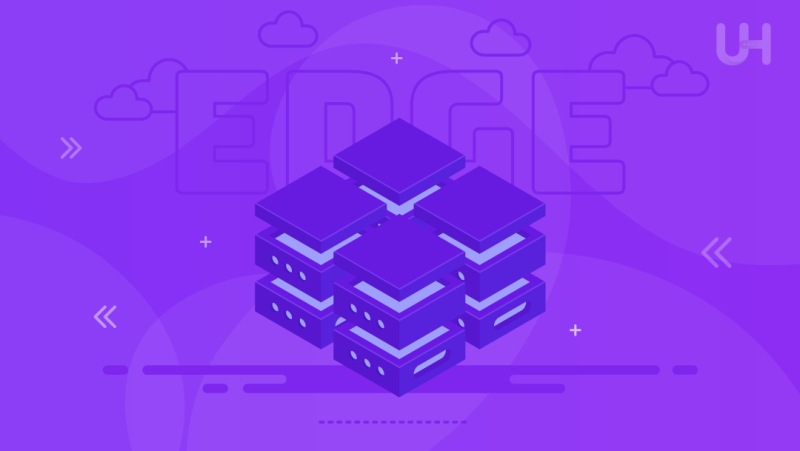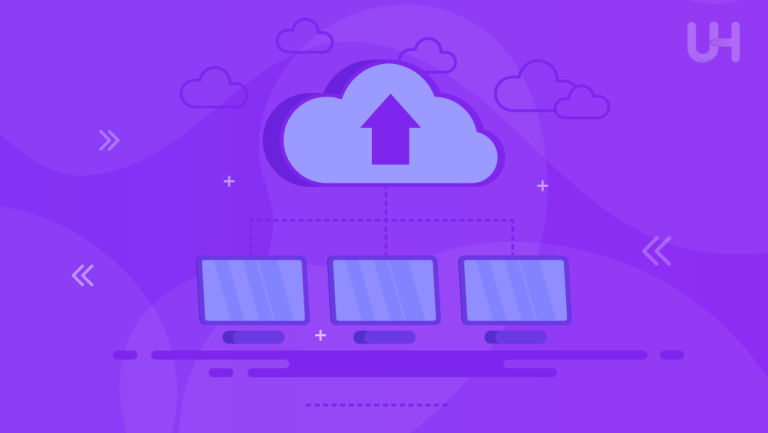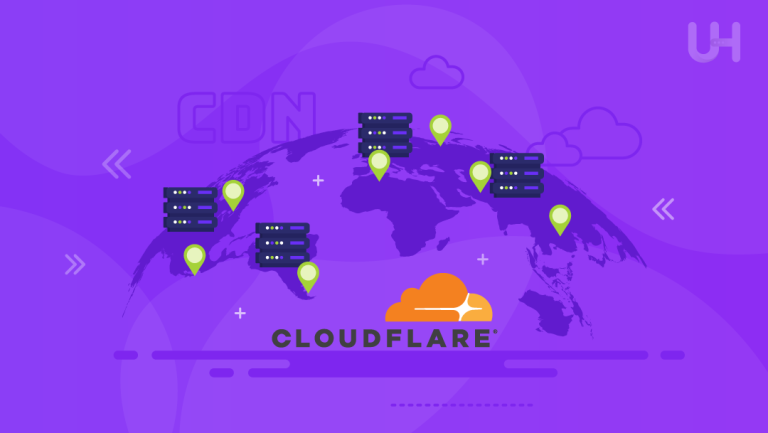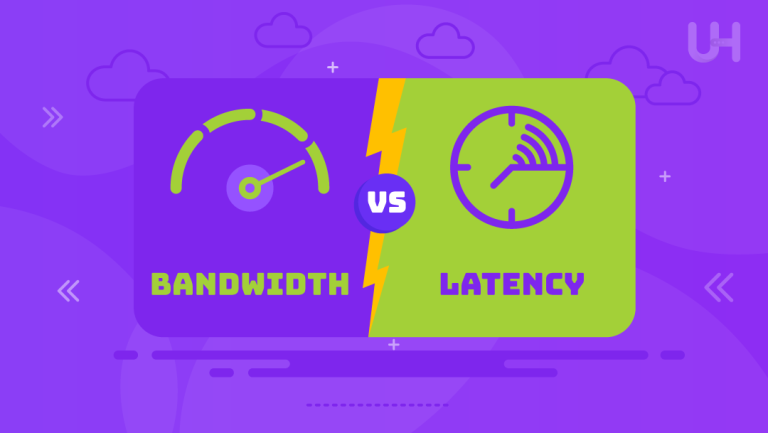Edge servers are the linchpin in optimizing how we handle and process information today. As we move deeper into connected devices and real-time interactions, in addition to enabling faster service delivery, edge servers have rapidly become instrumental in achieving better user experiences. But what are edge servers, and how are they used to drive moderating applications across industry sectors?
In this article, we consider the role of edge servers, their types, the benefits accompanying them, and their use cases. We break down the components involved with this transformative technology and how it impacts everything from 5G to smart cities.
What is an Edge Server?
An edge server is, by definition, any server positioned at the “edge” of a network, closer to where users create or request data. The principle behind edge computing is to distribute processing closer to the end user rather than relying on centralized servers far away from the user. They perform computations, manage storage, and optimize content delivery at a location proximate to the origin of the data in order to avoid transferring data to a far-end data center for processing. Such proximity reduces latency, speeds up the processing time, and improves performance associated with the higher demand for real-time data processing.
In an edge-computing architecture, the edge servers are usually there to assist and help improve the performance and efficiency of interactions at the edge. Typically, leveraging the use of edge servers in industries results in faster services, reduced chances of downtime, and a richer experience for both the users and the devices since data need not traverse long distances through conventional cloud-based data centers.
Types of Edge Servers
Not all edge servers are created equally; they come in flavors depending on their role in the network. The three common types are CDN edge servers, on-premise edge servers, and device edge nodes. Each serves different functions that meet peculiar data processing requirements.
CDN Edge Servers
CDN edge servers are deployed to serve and distribute digital content closer to the users of the content. They cache frequently accessed web content, such as images, videos, and files, in locations proximal to end-users to increase loading speed and accessibility. On websites with a heavy media load and streaming platforms, deploying CDN edge servers reduces network traffic by serving cached content faster, enriching user experiences.
On-Premise Edge Servers
These are deployed directly by installing them at the user’s premises, either in a company office or at the site of manufacture. This is useful for environments requiring localized data processing and tight security. Industrial facilities, for example, use these on-premise edge servers for monitoring equipment and processing big data within the factory premises without necessarily having to send sensitive information to the cloud for real-time insights.
Device Edge Node
A device edge node is designed to be a mini-server within the devices themselves. These edge nodes would typically fill the IoT devices and enable local processing at the device level. They are used in health monitoring applications, among other things, where data needs to be processed in real time without securely relying on servers or cloud storage.
How Do Edge Servers Work?
Edge servers intercept the request for data before it makes its way to a central data center and process data as close to the user or device as possible. This approach keeps data flowing smoothly between devices and users without relying heavily on a remote central server, which would bring slower response times.
For instance, if a viewer wants to watch a video through a streaming application, the edge server may distribute the cached version much closer than possible if one had to go back to the central server. With this configuration, ultra-low network latency can be achieved even in very demanding situations: the inexpensive dedicated server provides localized data processing power. Lastly, it enables efficient and reliable interactions between connected devices and networks.
Empower Your Business with Dedicated Edge Servers!
Ready to unlock faster data processing and lower latency? Discover how UltaHost’s Edge Servers can support your real-time data needs, streamline IoT applications, and elevate user experience.
Benefits and Drawbacks of Edge Servers
Edge servers offer a unique blend of advantages and limitations. Understanding these can help businesses decide when and where to integrate edge servers into their architecture.
Advantages
- Low Latency: Edge servers process data closer to the user because it reduces the time taken for data to travel, hence lowering latency.
- Improved Reliability: Because of this load balancing, edge servers have minimal chances of data loss and outage, even in the farthest places across the globe.
- Enhanced Security: Localized data processing reduces the need to transmit sensitive information across the network, helping meet data privacy requirements.
- Bandwidth Optimization: Edge servers can manage data efficiently, minimizing bandwidth consumption on central servers and networks.
- Scalability: Businesses can deploy edge servers incrementally, scaling as their needs grow, without significantly overhauling their infrastructure.
Disadvantages
- Higher Initial Costs: Deploying edge servers incurs upfront costs, especially for on-premise setups.
- Complex Maintenance: Managing distributed edge servers can increase operational complexity, requiring specialized maintenance.
- Limited Processing Power: Some edge devices may lack the robust computational power of central data centers. This makes them unsuitable for complex tasks.
- Data Management Challenges: Processing data across multiple points can complicate data consistency and synchronization.
Trends in Edge Computing
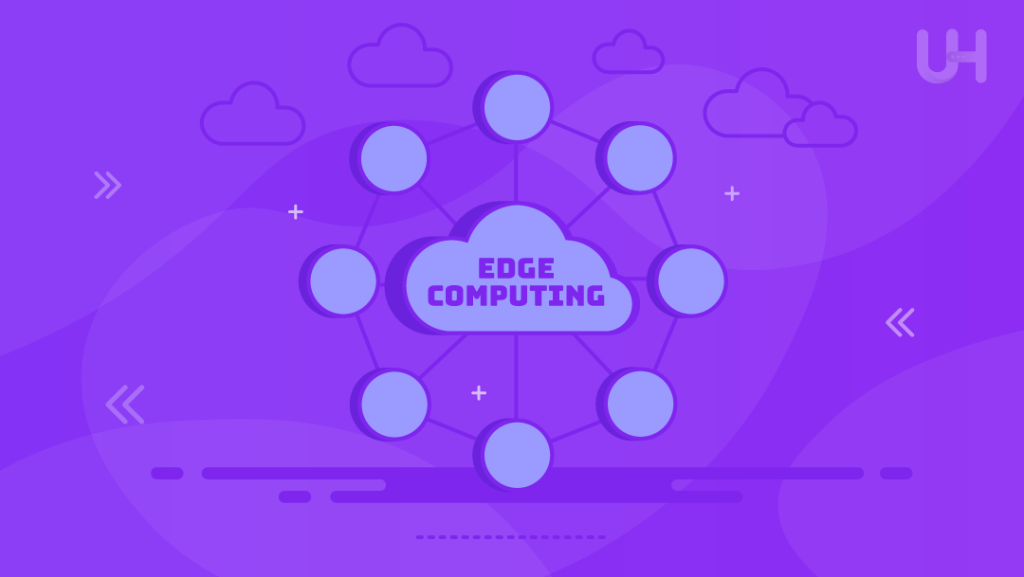
- Hardware-as-a-Service: The “as-a-service” model of the cloud is replicated with HaaS, where clients can subscribe to edge server resources. This will provide an added incentive for organizations from having to avoid access to large initial capital expenditures, whose costs are absorbed by paying for ongoing use of the edge services.
- Specialized Hardware vs. COTS: The processing capability of edge servers should be judiciously selected. For some use cases, advanced components such as GPUs or special-purpose accelerators like FPGAs or ASICs may be needed. Commercial Off-the-Shelf (COTS) hardware is standardized and already in the marketplace, ready to deploy.
- Convergence of Storage and Compute: As more compact edge servers are deployed, the trend will be for hardware to support both storage and compute workloads natively or on common systems rather than discrete ones.
- White Box CPE: In telecommunications, there is a shift toward separating software from physical hardware. This allows for more versatile customer premises equipment (CPE) that can also function as edge computing platforms.
Edge Server Use Cases
Edge servers are incredibly versatile, finding applications across various industries due to their capacity for rapid data processing and improved reliability. Here are some common use cases:
- Telecommunications: Supporting 5G networks with low-latency data processing, improving network performance and also user experience.
- Healthcare: Enabling real-time data analysis in patient monitoring systems, ensuring timely responses to medical situations.
- Retail and Customer Service: Delivering enhanced analytics and personalized shopping experiences through locally processed customer insights.
- Smart Cities: This allows real-time data from city sensors and cameras to enable traffic management and public safety.
- Industry IoT: Integration of IoT sensors on equipment for real-time monitoring and predictive maintenance.
- Surveillance Systems: Hosting local 10Gbps dedicated servers for rapid analysis of surveillance data, enhancing security responses.
- Media Streaming: Caching and delivering videos for streaming applications, providing a smooth user experience with minimal buffering.
- Hybrid Cloud Environments: Combining central cloud processing with edge servers for real-time workloads and faster performance.
- Banking Applications: Supporting quick transaction processing while securing sensitive data on the origin server.
- Remote Asset Monitoring: Operational efficiency and safety for remote assets in oil and gas.
- Automotive: Processing data in real time to assist in decision-making tasks of autonomous driving-self-driving cars-where speed is very crucial.
Conclusion
The concept of edge servers changed the way we process information. They showed us how problems relating to low-latency and real-time applications are solved across major industries. The ability to decentralize data processing and bring it closer to its source sent ripples from the core of industries in telecommunications, healthcare, and smart cities alike. The pace of technological innovation is going to increase, and industries will keep solving the problems anew. Thus, edge servers will be in the contemporary spotlight.
For businesses optimizing their edge computing strategy, UltaHost’s dedicated server hosting plans offer the reliability and performance needed for efficient data processing. Enhance your edge server capabilities with our dedicated servers for superior speed and responsiveness.
FAQ
Are edge and cloud servers the same?
No, edge servers process data locally near users, while cloud servers are centralized in large data centers.
Which industries benefit most from edge computing?
Telecommunications, healthcare, retail, manufacturing, and transportation benefit the most.
How does edge computing support IoT?
Edge servers process IoT data locally, reducing cloud dependence and improving speed.
Can edge servers work offline?
Yes, some edge servers can function without continuous internet access.
Are edge servers secure?
They can be, but robust security measures are essential due to their distributed nature.
How is edge computing different from data centers?
Unlike centralized data centers, edge computing is decentralized, processing data close to the source.
What maintenance do edge servers need?
Regular updates, security checks, and hardware maintenance, especially in remote locations.





